Manner of Paul van Somer (c.1576-1621)
This exquisite portrait depicts Elizabeth Stuart, Queen of Bohemia. She was the only daughter of James VI of Scotland and I of England and Anne of Denmark. The reigning British monarch, Charles III, is Elizabeth Stuart's direct descendant and most other European royal families, including those of Spain, Denmark, Norway, Belgium, Luxembourg, the Netherlands & Sweden, as well as those formerly of Greece, Romania, Germany, & Russia, are descendants of Elizabeth Stuart.
The resplendent costume and exquisite ornamented fabrics amply reflect her wealth and status. Her patterned dress, with long sleeves and pink lining, is decorated with gold thread and she wears a large black diamond and gold pendant from a string of pearls, and large ruby and gold egrets in her coif, which were often worn at her father’s court (the goldsmith Arnold Lulls’ book of designs still survives). The plume of white ostrich feathers was incredibly expensive The stiff flaring lace collar is held in place but a silk-covered wire frame. Many portraits were painted of Elizabeth, both during her lifetime and later. Our portrait, likely executed by an English artist during the eighteenth century, is based on a portrait that was painted while the sitter was living in exile in Rhenen in Holland (once attributed to Paul van Somer (c.1576-1621), and is now in the Royal Collection.
Born in Scotland on 19 August 1596, she was named Elizabeth in honour of the then-ageing English Queen, Elizabeth I, who had remained childless. James placed his aspirations for the continuation of the dynasty and the marriages of his children in his eldest son, Henry Frederick, and Elizabeth. To all intents and purposes, Elizabeth had a happy upbringing at Linlithgow Palace, situated 15 miles west of Edinburgh, and one of the grandest of Scotland’s royal residences.
In 1603 her father James succeeded Elizabeth I to the English throne and Elizabeth went to England with her mother and older brother and thereafter grew up in the care of Lord and Lady Harington of Exton, living principally at Combe Abbey, near Coventry. In 1606 she arrived at the British royal court, where her beauty and charm attracted much attention. At the tender age of 12, Elizabeth had already gained significant political importance, attracting the attention of King Philip III of Spain, a prominent member of the influential Hapsburg family, who considered himself a suitable candidate for her hand in marriage. While Queen Anne eagerly embraced the prospect of a prestigious Spanish throne, James had his heart set on a Protestant suitor: Frederick V, Prince Palatine of the Rhine in the Holy Roman Empire, often referred to as the Palsgrave. On Valentine’s Day, 14 February 1613, Princess Elizabeth wed Frederick V in a spectacular wedding ceremony in the Royal Chapel at Whitehall Palace in London.
The 16-year-old bride was resplendent in a cloth of shimmering silver lined with taffeta. Many diamonds of estimable value were embroidered upon her sleeves which dazzled the eyes of all the beholders. She wore a crown adorned with glittering diamonds and other precious stones ‘so thick beset, that they stood like shining pinnacles, upon her amber coloured hair.’ The sixteen noble bridesmaids attending the bride were also dressed in white satin, and adorned with such a cornucopia of jewels that her passage ‘looked like a milky way’.
For almost two months, the young couple were feted and feasted in London before setting out on their journey to their new home in Heidelberg, where their first child, Frederick Henry, was born in January 1614, and later, Prince Rupert, in December 1619, the same year that Frederick and Elizabeth were crowned King and Queen of Bohemia (today part of the Czech Republic). Barely a year after receiving the crown, the couple were defeated at the Battle of the White Mountain, and driven from their court in Prague and deprived of all their Palatine lands by the Hapsburg Holy Roman Emperor Ferdinand II, events which led to one of the longest and most destructive conflicts in human history: The Thirty Years War. Elizabeth and Frederick fled, ultimately finding refuge at The Hague with Prince Maurice of Orange, where they established a court in exile, for the following 40 years, and were remembered as the ‘The Winter Queen’, a derogatory epitaph that reflects the short duration of her rule in Bohemia, with her union with Frederick deemed a political failure.
Her eldest son died in 1629, followed by her husband, unexpectedly from the plague, in 1632. Finally, in 1661, her nephew Charles II reluctantly permitted her to return to England, and she died the following year in London. Forty years after Elizabeth’s death, The Act of Settlement of 1701 named the Electress Sophia of Hanover (1630-1714), Elizabeth’s younger daughter, as the most direct Protestant heir to the English throne. Her grandson, Prince George of Hanover, would succeed to the throne in 1714 after the death of Queen Anne, the last Stuart monarch.
A feature of this portrait is its highly ornate gilded frame, which is a work of art in its own right.
Paul van Somer, an artist trained in Antwerp, arrived in London in December 1616. Alongside Daniel Mytens, a Dutch artist who had established himself in London by 1618 and lived next door to Van Somer on St Martin's Lane, he introduced a new level of grandeur, fluidity, and naturalism to the realm of British court portraiture. Over the course of his five-year tenure in London, he rose to become the preferred painter of Anne of Denmark, the consort of James VI and I, and later of the King himself, displacing Marcus Gheeraerts and John de Critz. Like the portraits of past sovereigns, many were commissioned as official gifts, some to be sent overseas to hang alongside contemporary portraits of other European rulers.
Measurements: Height 91cm, Width 62cm framed (Height 35.75”, Width 24.5” framed)



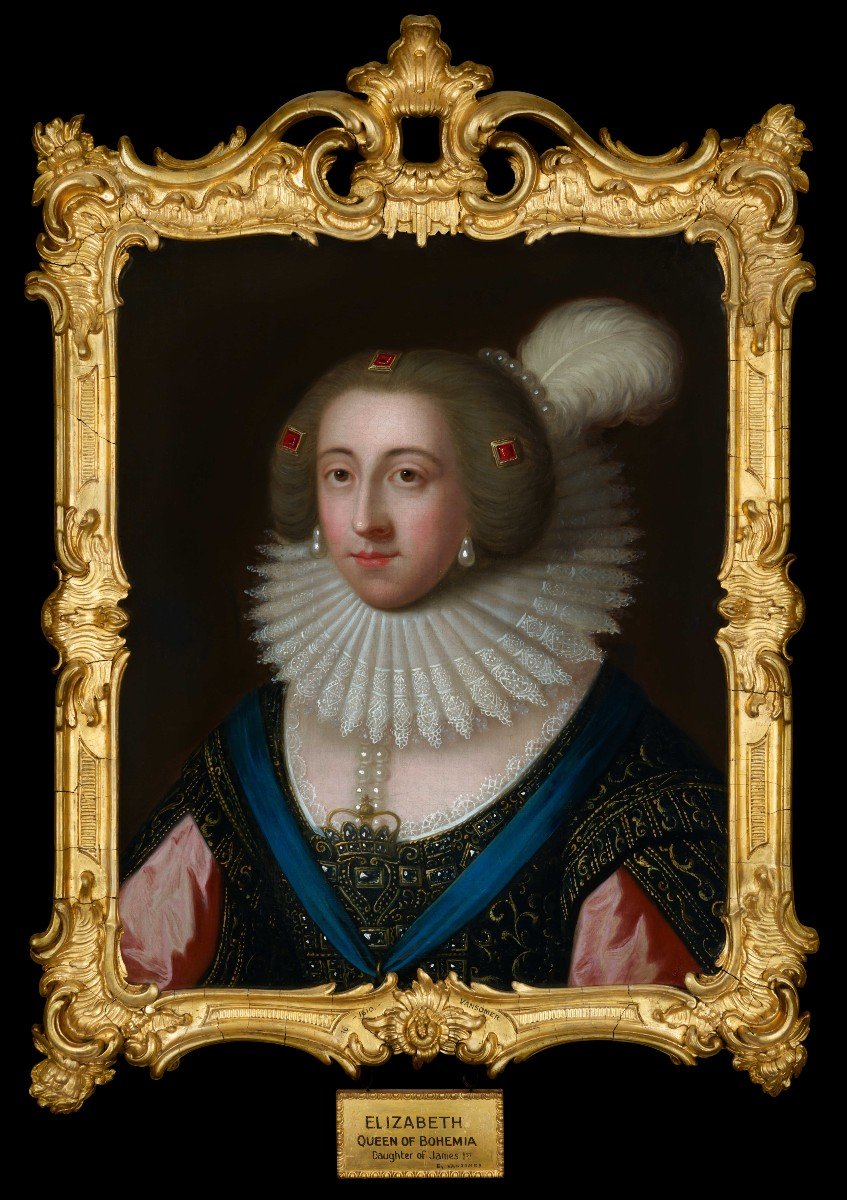


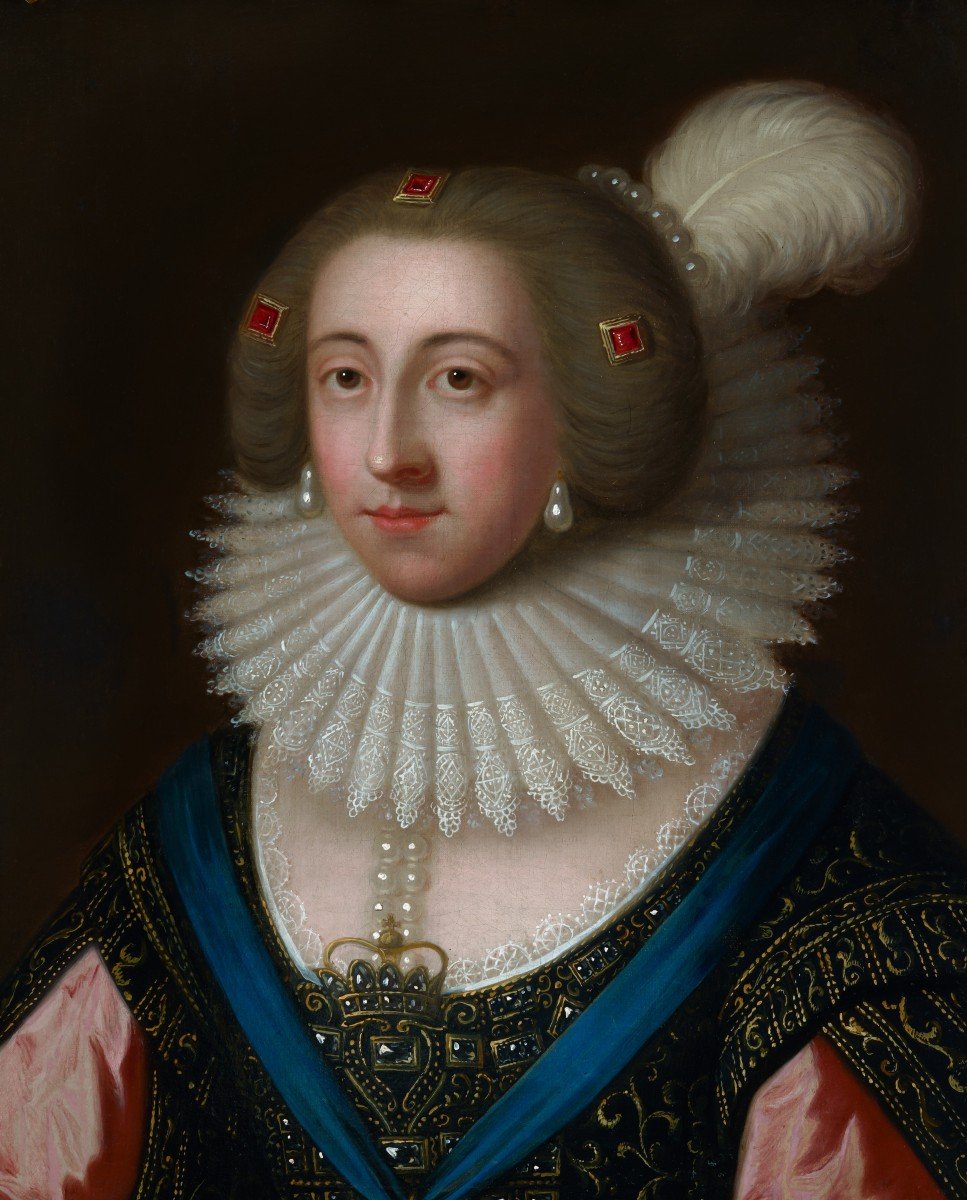
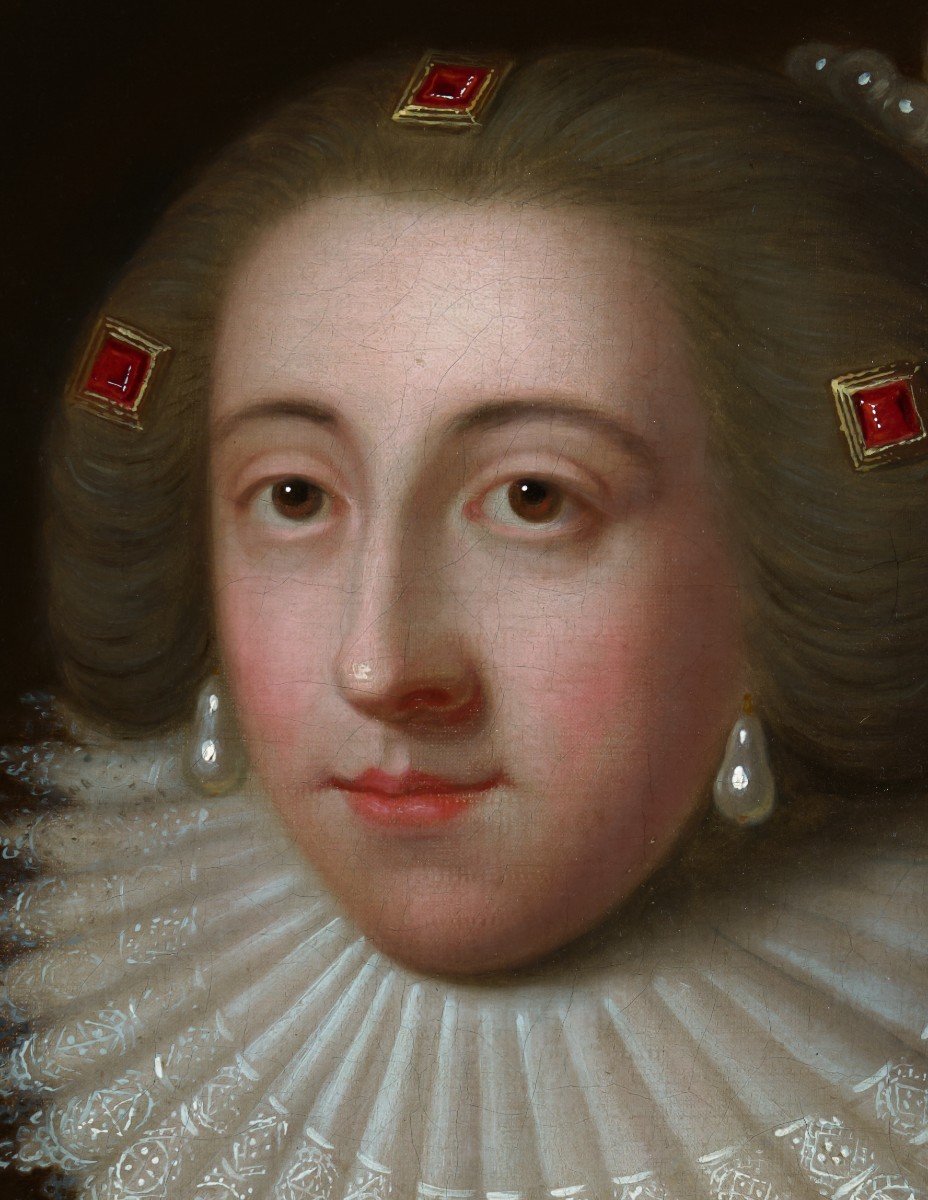



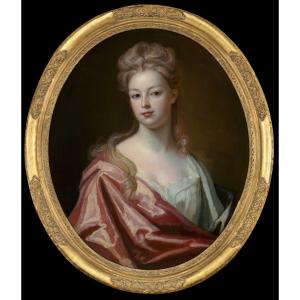
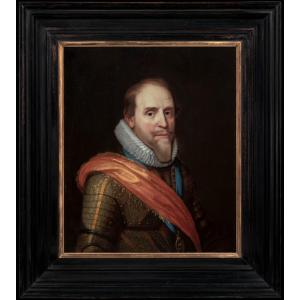
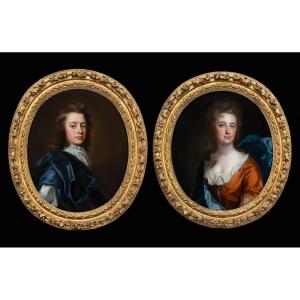

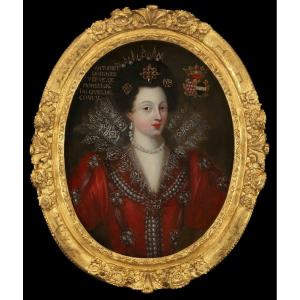



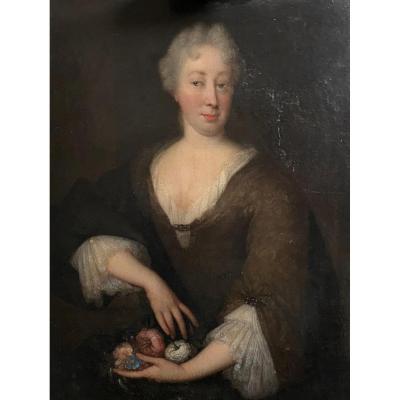






 Le Magazine de PROANTIC
Le Magazine de PROANTIC TRÉSORS Magazine
TRÉSORS Magazine Rivista Artiquariato
Rivista Artiquariato
